The Bahai House of Worship in Delhi, India, popularly referred to as Lotus Temple because of its lotus bud like shape with 27 petals. It's a prominent attraction in Delhi. It had been completed in 1986 and can serve as the Mother Temple from the Indian subcontinent.
It's won numerous architectural awards and been featured in countless newspaper and magazine articles. The lotus bud depicted through the temple has been manufactured as close to some real lotus which grows only in water, by giving water ponds all over the temple.
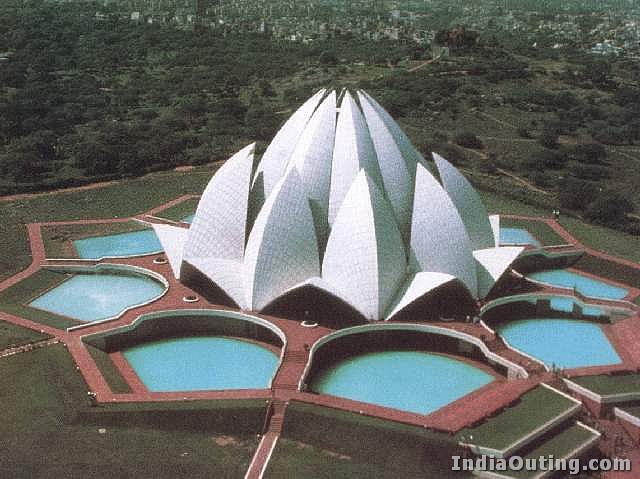
The Grand Structure
Fariborz Sahba, Canadian architect of Iranian origin, spent Ten years in designing and project management software, and with the assistance of a team around 800 engineers, technicians, artisans and workers delivered to realization probably the most complicated constructions on the planet. The structure of the home is composed of three ranks of nine petals; each springing from the podium elevating your building above the surrounding plain. The very first two ranks curve inward, embracing the inner dome; the 3rd layer curves outward to create canopies within the nine entrances. The petals, made of reinforced white concrete cast in position, are clad in white marble panels, performed to come to light profiles and patterns associated with the geometry. Nine arches that offer the main support for that superstructure ring the central hall. Nine reflecting pools surround your building on the outside, their form suggesting saving money leaves from the lotus flower. Translating the geometry from the design, by which there are without any straight lines, in to the actual structure presented particular challenges in designing and erecting the framework.
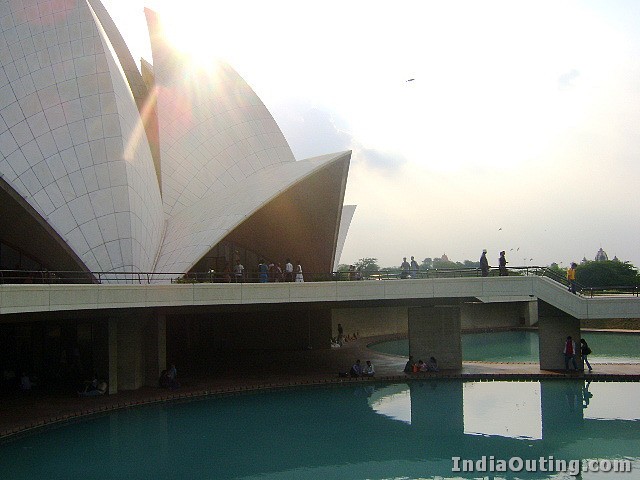
As with all other Bahá’í Houses of Worship, the Lotus Temple is open to all regardless of religion, or any other distinction, as emphasized in Bahá’í texts. The Bahá’í laws also stipulate that only the holy scriptures of the Bahá’í Faith and other religions can be read or chanted inside in any language; while readings and prayers can be set to music by choirs, no musical instruments can be played inside. Furthermore no sermons can be delivered, and there can be no ritualistic ceremonies practiced.

The Lotus Temple, has a nine-sided circular shape. Inspired by the lotus flower, its design is composed of 27 free-standing marble clad “petals” arranged in clusters of three to form nine sides.Bahá’í scripture also states that no pictures, statues or images be displayed within the House of Worship and no pulpits or altars be incorporated as an architectural feature (readers may stand behind simple portable lecture stands). The nine doors of the Lotus Temple open onto a central hall, capable of holding up to 2,500 people.
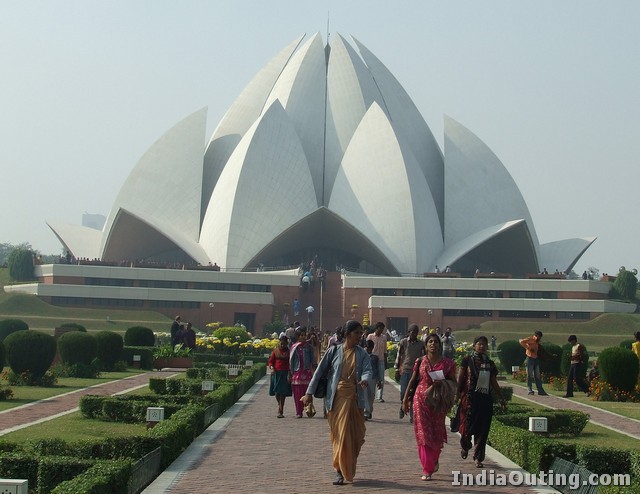
The central hall is slightly more than 40 meters high whose surface is made of white marble which has been got from Penteli mountain in Greece. The House of Worship, along with the nine surrounding ponds and the gardens around comprise 26 acres (105,000 m²; 10.5 ha).
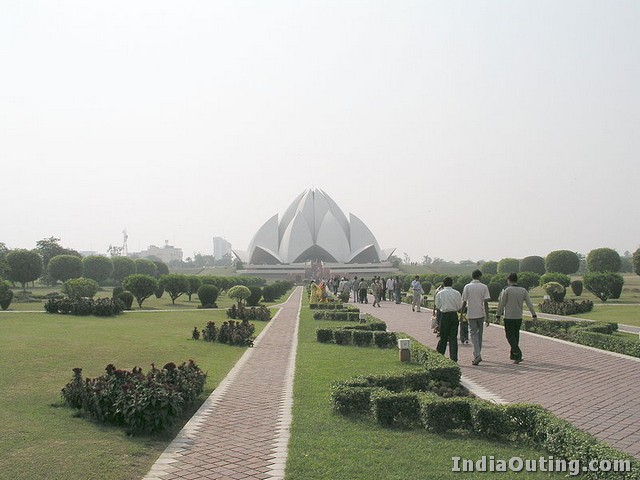
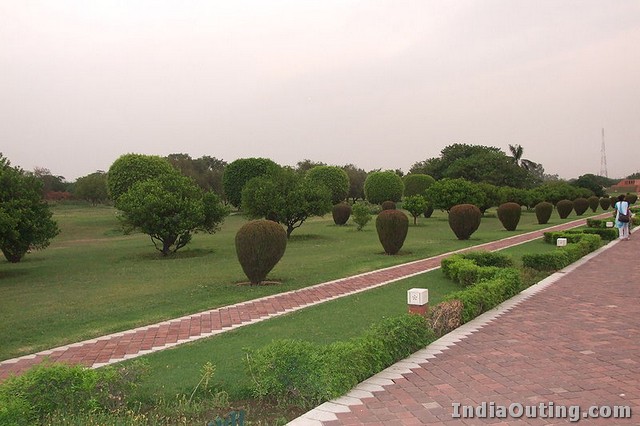
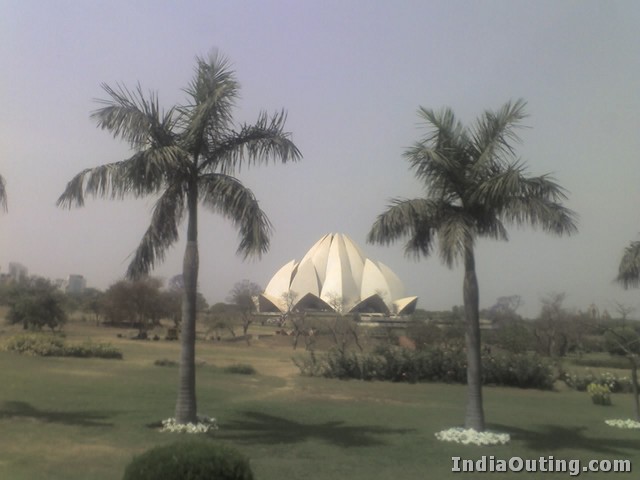
The site is located in the village of Bahapur, in the National Capital Territory of Delhi. It is open on all days except mondays. Ideal time to visit the temple is 9:00 am – 7:00 pm (summer) and from 9:30am – 5:30 pm (winters). In total there are four prayer sessions in a day in each of which the prayers from all religions are recited.
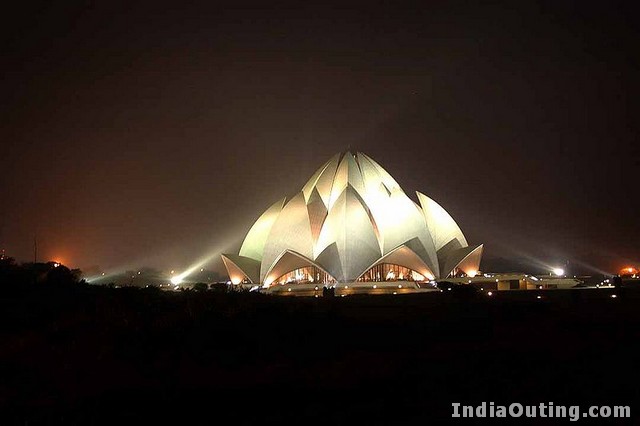
Since its inauguration to public worship in December 1986, the Bahá’í House of Worship in Delhi has, as of late 2002, attracted more than 50 million visitors, making it one of the most visited buildings in the world. Its numbers of visitors during those years surpassed those of the Eiffel Tower and the Taj Mahal. On Hindu holy days, it has drawn as many as 150,000 people; it welcomes four million visitors each year (about 13,000 every day or 9 every minute).
This House of Worship is generally referred to as the “Lotus Temple”. In India, during the Hindu festival Durga Puja, several times a replica of the Lotus Temple has been made as a pandal, a temporary structure set up to venerate the goddess Durga.
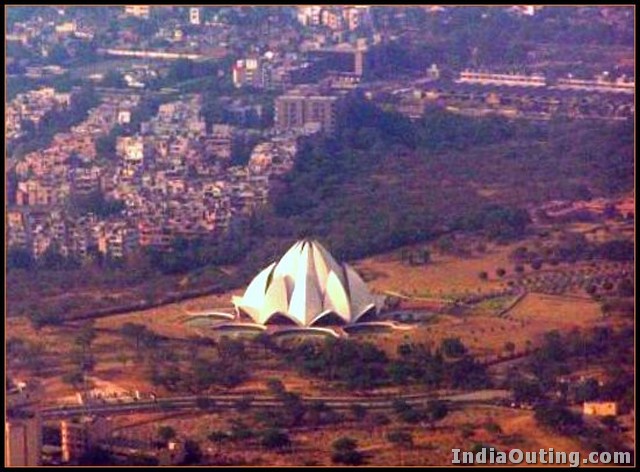
As foretold through the Báb, the Promised Among all ages and peoples, Bahá’u’lláh (literally the Glory of God) revealed Himself in 1863. He, Himself, dispatched among the distinguished Bahá'í teachers, Jamal Effendi, to show the Cause of God within the years 1874-75. Jamal Effendi (left) traveled to a lot of States and was successful in attracting many learned people and few Navaabs (ruler from the states) such as the Navaab of Rampur State (now in U.P.) towards the Faith. One child who accepted was Syed Mustafa Roumi who later became distinguished in the manifold services and was appointed like a Hand from the Cause of God. A number of them accepted Bahá’u’lláh because the Universal Symbol of God whose advent continues to be prophesied in all the Holy Scriptures. Another teachers who found India during Bahá’u’lláh's Ministry included Mishkin Qalam, the distinguished Bahá'í Calligrapher. A number of teachers in the East and also the West continued visiting India and traveling through the country during ‘Abdu’l-Bahá (literally, the Servant of Bahá), the much-loved Master from the Bahá'í Faith. Prominent included in this were Mirza Mahram and Mirza Mahmud Zarqani.
No comments:
Post a Comment